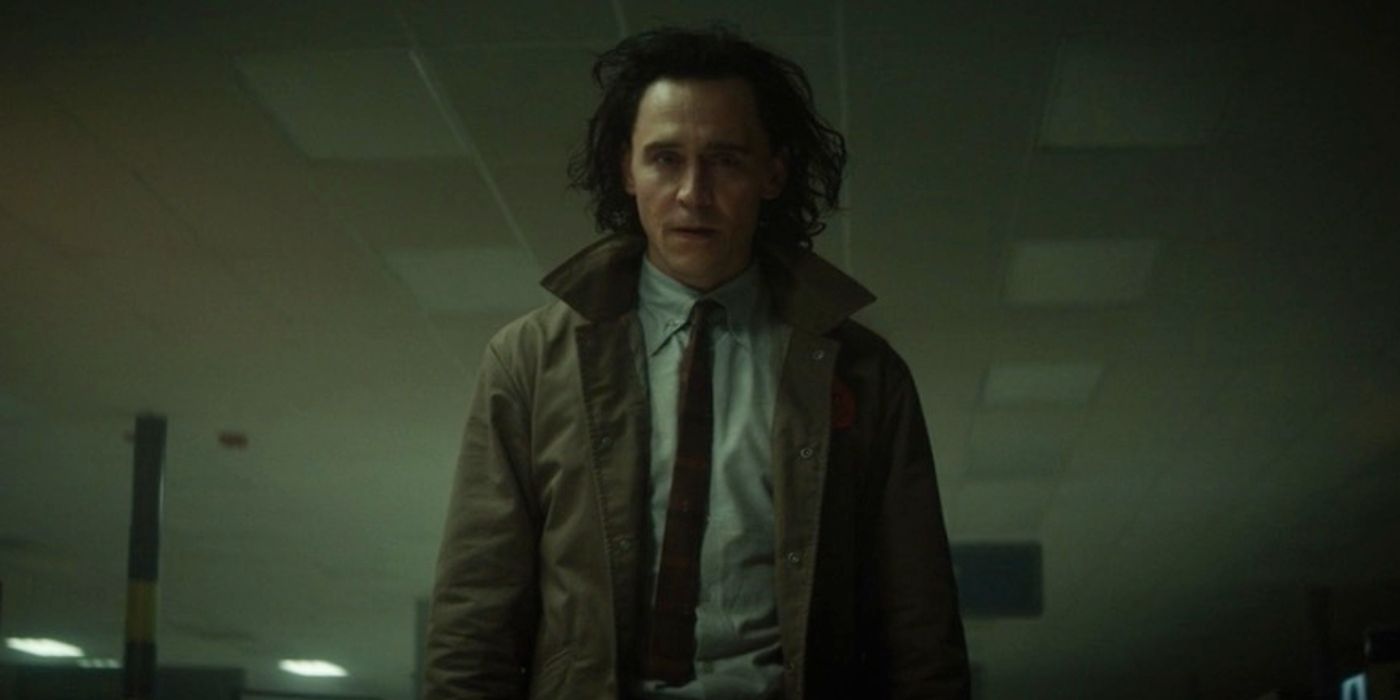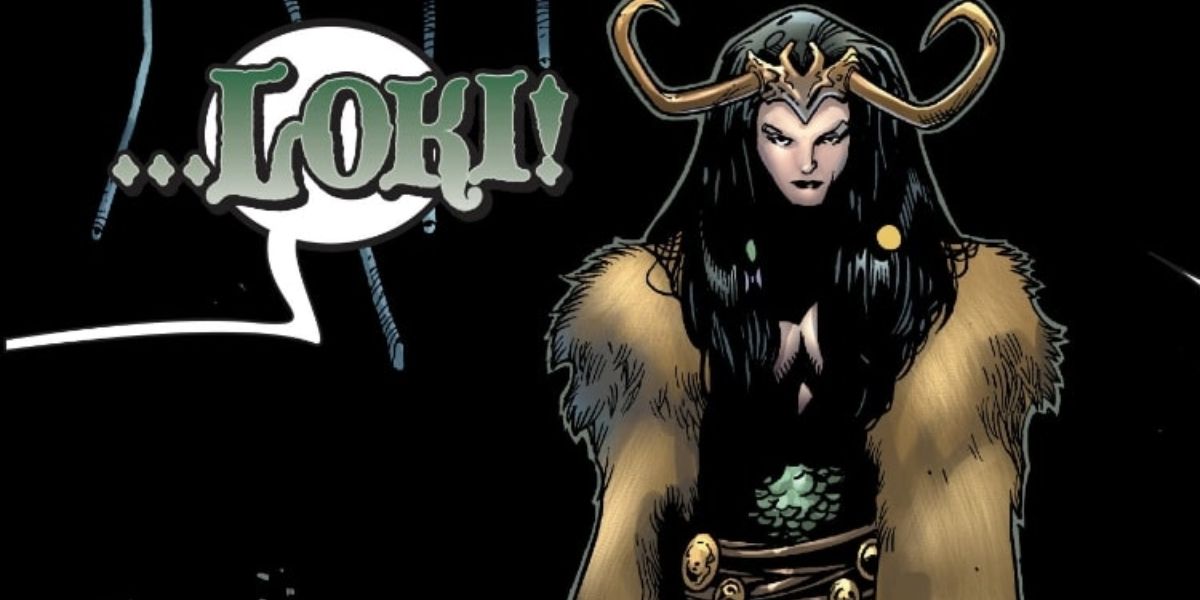[Editor's note: The following contains spoilers for Loki, Season 1, Episode 2, "The Variant."]
If Loki's first episode worked overtime to remind us of the trickster god we've come to love over the past ten years, Episode 2 dropped a big ol' mischievous bomb on our heads to prove we're gonna see a Loki like we've never seen before. Absolutely none of that is a metaphor. There is, in fact, a bomb, followed by a female version of Loki played not by Tom Hiddleston, but by Flowers star Sophia Di Martino. Welcome to the MCU, Lady Loki.
Although the actual name "Lady Loki" varies in terms of its officialness, the comic book character Loki has a surprisingly long history of appearing as a woman. It started in the aftermath of Ragnarok, with Asgard relocated to Oklahoma (long story) and Asgardians themselves reborn into new bodies on Midgard (longer story!). Loki, scamp that he is, hijacks a human shell meant for the Lady Sif, and although his re-appearance as a woman is part of a larger scheme — how could it not be — throughout writer J. Michael Straczynski's run with the character, there's a refreshing overall acceptance from Thor and his fellow Asgardians about the change. They don't trust Loki, but it's still Loki.
This idea of Loki as fluid crystallized into something more official by the time we reached 2014’s Original Sin: Thor and Loki: The Tenth Realm — written by Jason Aaron and Al Ewing, art by Lee Garett and Simone Bianchi — which hammered home the idea Lady Loki is just a part of the character's personality, one of many equally-valid forms at any time. "My children," says Odin at the end of the story's fifth issue. "My son and my daughter and my child who is both. So strong and so quick. So brave and so cunning. I know you. I know everything you are, and I love you very, very much."
Loki's genderfluidity is all but confirmed in the MCU, but the introduction of Di Martino's Variant hopefully means the Disney+ series is going to actually explore identity in a meaningful way. The existence of the TVA and its ideas about endless, alternate timelines offers limitless possibilities on a plot level; if every single decision you make branches another "you" off into completely different timelines, that provides a bottomless well of stories still left unexplored.
But the introduction of Lady Loki provides a more complex layer. "If anyone's anyone, you're me," she tells Hiddleston's Loki, a tongue-tying way of presenting a pretty profound question about identity: On an infinite scale of personalities, sexualities, genders, and everything in between, how could there possibly be a "prime" version of yourself? It makes you realize how little outward appearances matter compared to a character's core. The two Lokis in this episode banter about being the "superior Loki," but by presenting such an outwardly different version of the same character, Loki is challenging the idea that such a thing could even exist. We only think of Hiddleston's Loki, the one in the tiny coat, as this show's main character because that's just how TV works, but Loki wants us to stop thinking about the character on such a binary scale. Under that lens, there's more weight to Lady Loki's last words of Episode 2: "This isn't about you."
Because it is and it isn't at the same time. In just two episodes, Loki is suddenly about every Loki who ever was or will be.
New episodes of Loki premiere Wednesdays on Disney+.


